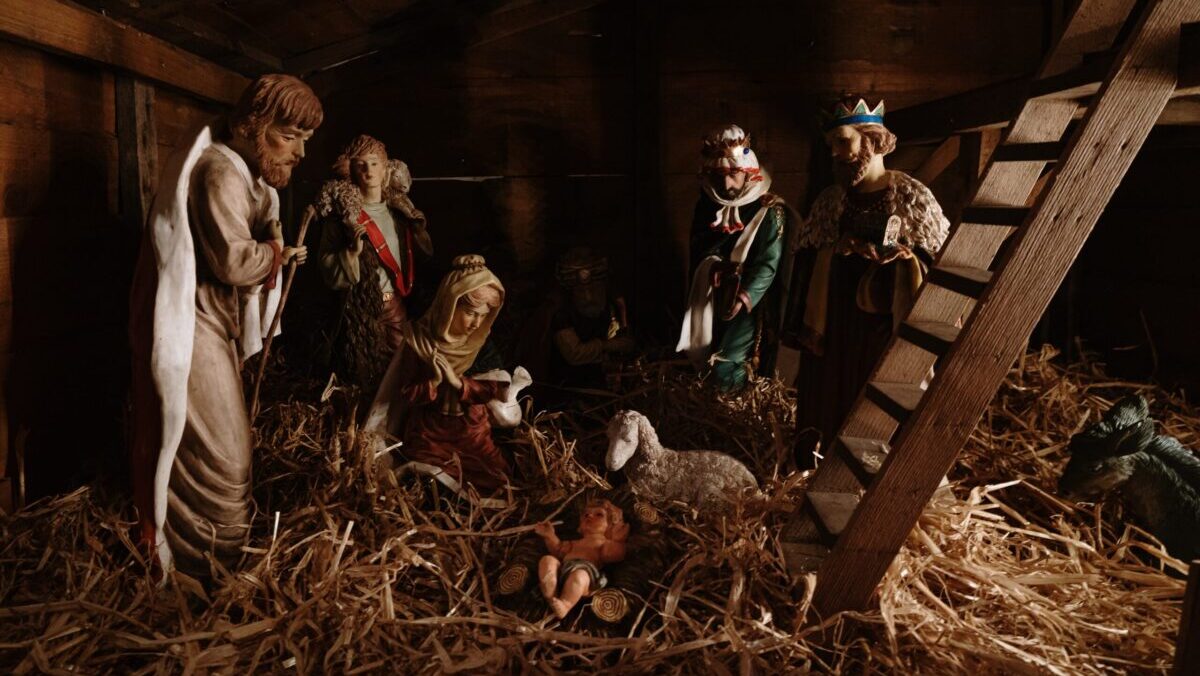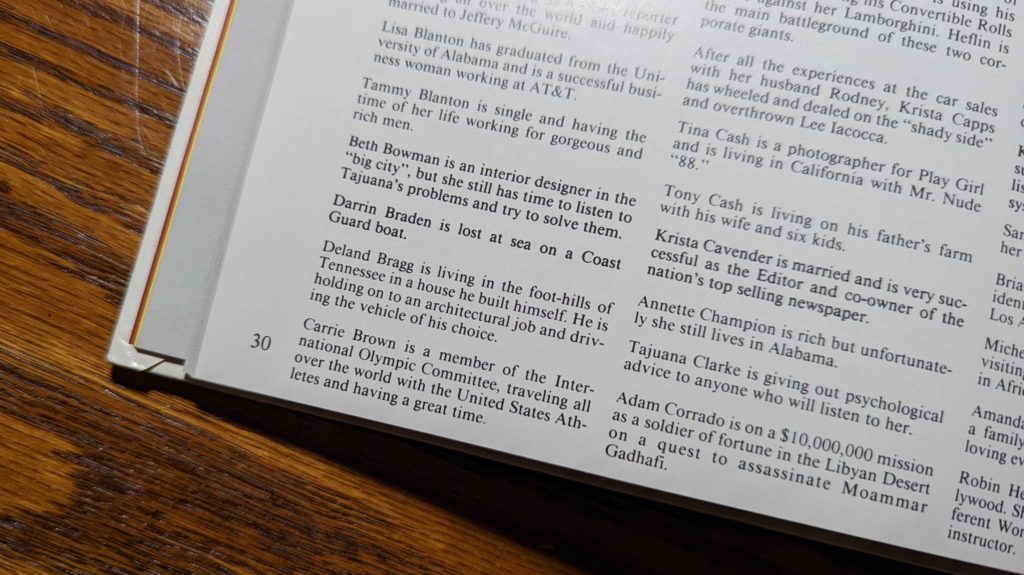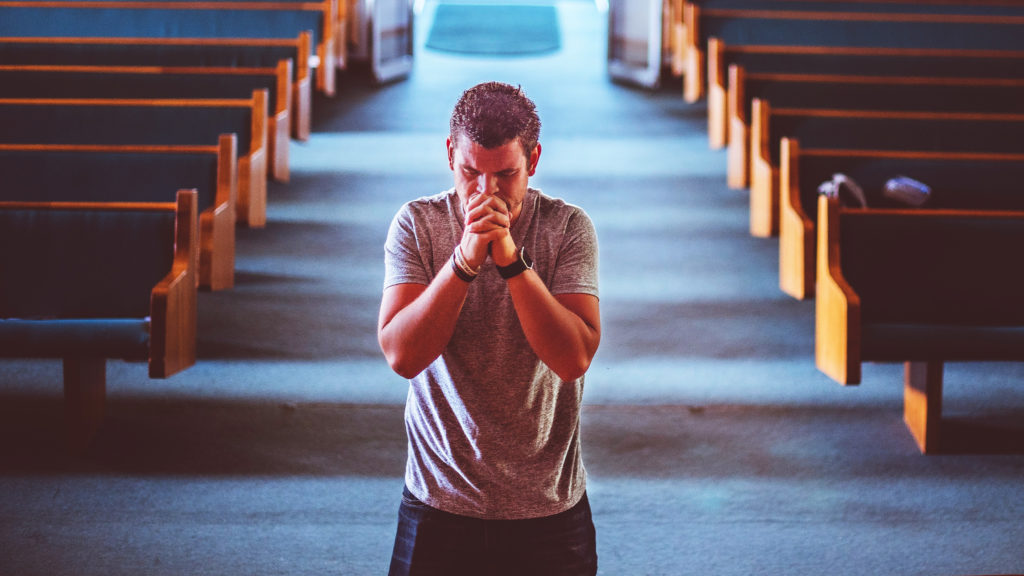By Bob Terry
Editor emeritus
The Gospel of Luke and the Gospel of Matthew both share the story of Jesus’ birth. Luke’s telling is considered the older of the two, written sometime before 60 A.D. Matthew’s account was written at least 20 years later, some scholars argue, not before 80 A.D. That means the two gospels were written at different times, under different circumstances (the fall of Jerusalem in 70 A.D.), and to different audiences.

That the two accounts of the birth of our Savior contain differences is to be expected. Luke writes of shepherds, an angelic chorus, a stable and a manger. Matthew tells of Magi, government persecution and a dramatic escape into Egypt.
These differences, however, should not obscure the basic unity of Luke’s and Matthew’s recounting of Jesus’ birth story. Scholars have identified 11 important points shared by both stories that emphasize that unity.
- Mary and Joseph are legally married but have not yet come to live together (Matt. 1:18; Luke 1:27, 34). It is the time between the groom making a payment to the father of the bride for his loss of a daughter and the community celebration that acknowledges the couple as married.
- Joseph is from the lineage of David (Matt. 1:16, 20; Luke 1:27, 34, 2:4).
- There is an angelic announcement about the forthcoming birth of the child. Matthew 1:20–23 describes the angel’s appearance to Joseph. Luke 1:30–35 tells of the angel’s appearance to Mary. Matthew seems to tell the birth story from the viewpoint of Joseph while Luke reflects the viewpoint of Mary.
- Mary’s conception of the child is not through sexual relations with Joseph or any other man. In Matthew 1:20, the angel tells Joseph the child is from the Holy Spirit. If as to reinforce that reality, the angel calls Mary a “virgin” three verses later. In verse 25, Matthew reports that even after taking Mary into his home, the couple did not have sexual relations until after she gave birth. In Luke 1:34, Mary describes herself as a virgin.
- The conception is through the Holy Spirit. The biblical emphasis is on the immaculate conception of Jesus. Matthew quotes the angel as telling Joseph the child is “from the Holy Spirit” (Matt. 1:18). Luke quotes the angel as saying the Holy Spirit will “overshadow” Mary. Recalling the creation story of Genesis, where the Spirit of God “hovered over the waters” as creation unfolded, provides an image to keep in mind. There is no reference to a male-female sexual act in either account.
- Both Luke and Matthew report the angel instructing that the child was to be named Jesus (Matt. 1:21; Luke 1:31).
- In addition to commanding the child be named Jesus, an angel announces the child is to be the Savior. After telling Joseph the child will be named Jesus, the angel adds “because he will save his people from their sins” (Matt. 1:21). In Luke 2:11, an angel tells the shepherds, “Today in the town of David a Savior has been born to you.”
- Jesus was born after Joseph and Mary were living together. Luke makes this point by reporting that Mary went with Joseph to Bethlehem so Joseph could be registered in a Roman census (Luke 2:5–6). Matthew states forthrightly that Joseph did what the angel had commanded and “took Mary home as his wife” (Matt. 1:24–25).
- Jesus’ birth occurred in Bethlehem. Matthew offers no explanation for the couple being in the City of David. He simply writes, “After Jesus was born in Bethlehem …” (Matt. 2:1). Luke says the couple went to Bethlehem because of a Roman census (Luke 2:4–6).
- Chronologically, the birth of Jesus is related to the reign of Herod the Great. Matthew 2:1 says the birth occurred “during the time of King Herod.” Luke places his story “in the time of Herod, king of Judea” (Luke 1:5). History records Herod died in 4 B.C. There is general agreement that Jesus’ birth took place between 6–4 B.C.
- Jesus was reared in Nazareth. Matthew offers the most context. He shares that after Herod died, the family sought to return from exile in Egypt. But when Joseph learned Archelaus had succeeded his father as King of Judea, the decision was made to go to Galilee where Herod Antipas was ruler. There the family settled in Nazareth (Matt. 2:23). Luke writes the couple returned to Nazareth after “doing everything required by the law of the Lord” (Luke 2:39).
The unity of the two stories is obvious once one looks beyond some of the differences. Our understanding of the story of Jesus’ birth is enriched by the differences in the two stories. At the same time, our confidence in the event which they proclaimed is enhanced by the unity of the two stories of Jesus’ birth.






Share with others: